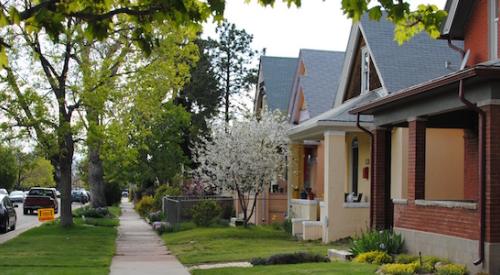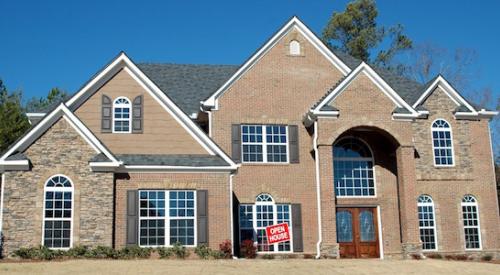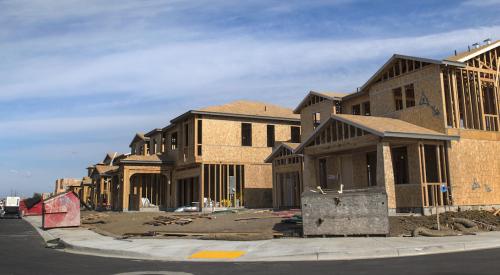Renters in Seattle can expect to have to spend a large portion of their income on housing, but neighboring cities such as Kirkland, Marysville, and Auburn have more reasonable rents—and steady job creation.
Zillow found the cities that offer jobs and housing affordability in some of the nation’s priciest and most popular metros. These cities have average rents that are less than 30 percent of the average income, which is the recommended ratio for renters.
The Denver metro area had job gains of 3.6 percent in 2015. Five of its largest cities had rents above 30 percent, but not cities such as Highlands Ranch, Broomfield, and Centennial. Austin, Texas, had 4.6 percent employment gain in 2015. The city itself had a 34 percent rent-to-income rate, but nearby Cedar Park and Round Rock were well below 30 percent. Even the ever-expensive San Francisco had an alternative: Livermore, Calif., is 45 miles away but has rent rates at 30.3 percent (and mortgage payment rates at 27.9 percent).
By contrast, there are U.S. cities where rents are unaffordable, consuming more than 30 percent of the typical renter’s income, and job opportunities are scarce. This includes many of the usual suspects – the large, primary cities of major metropolitan areas that have experienced relatively low job growth in recent years – as well as a few pricey suburbs.











